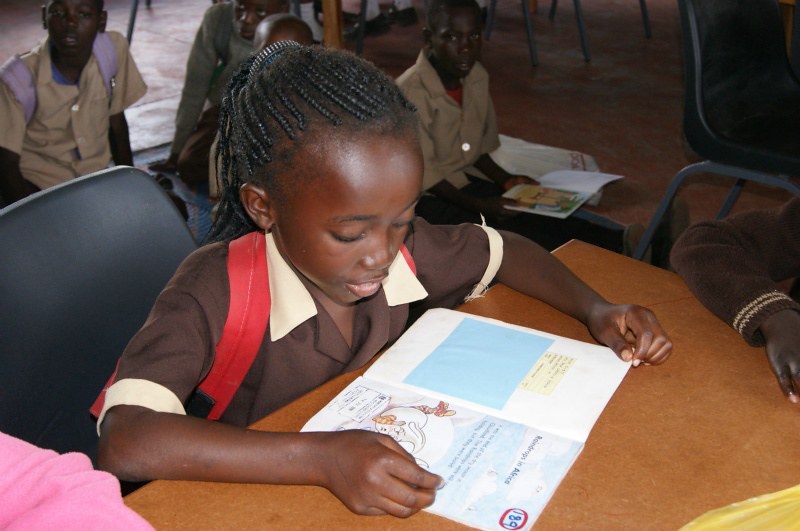 At 14, Doreen was forced to marry a man more than twice her age. Orphaned early, she saw marriage as a way to support her younger siblings. “I didn’t want to get married,” Doreen recalls. “I loved going to school. But I thought if I got married, I could help take care of my siblings.” Like many girls in Zambia, Doreen’s marriage meant the end of her education and the beginning of a life filled with responsibilities far beyond her years. “I should have been in school. I was too young. I still had the mind of a child,” she says. Her day-to-day life quickly shifted to household chores. “I spent most of my time sweeping, washing and doing dishes. I admired my friends going to school while I stayed home.”
At 14, Doreen was forced to marry a man more than twice her age. Orphaned early, she saw marriage as a way to support her younger siblings. “I didn’t want to get married,” Doreen recalls. “I loved going to school. But I thought if I got married, I could help take care of my siblings.” Like many girls in Zambia, Doreen’s marriage meant the end of her education and the beginning of a life filled with responsibilities far beyond her years. “I should have been in school. I was too young. I still had the mind of a child,” she says. Her day-to-day life quickly shifted to household chores. “I spent most of my time sweeping, washing and doing dishes. I admired my friends going to school while I stayed home.”
Doreen’s story is not uncommon. In Zambia, nearly 29% of girls are married before they turn 18 and 5% before age 15. The impacts are widespread, especially in rural areas like the eastern and northern provinces, where traditions and economic pressures often lead families to marry off their daughters at a young age.
Why Child Marriage in Zambia Continues
Poverty is a major driving force behind Zambia’s high rate of child marriage. Indeed, around 60% of the population lives below the poverty line and for many families, marrying off their daughters can seem like a way to reduce financial strain. A bride price—money or goods paid to the girl’s family—can immediately relieve households struggling to get by.
In Doreen’s case, her grandmother worried about the future after taking on the responsibility of raising five grandchildren. She arranged the marriage, thinking it would secure Doreen’s future. “My grandmother feared she wouldn’t live long enough to care for us all,” Doreen explained.
Cultural practices also contribute. In many communities, marrying young girls is seen as a way to preserve family honor, prevent premarital sex or control a girl’s future.
The Impact on Girls’ Lives
For many girls, getting married means their education is over. Without access to school, they lose the opportunity to gain skills that could help them build a future independent of poverty. Doreen reflects on how her life might have been different: “If I had stayed in school, my life would have been different. I could have become a teacher, earned my own salary.”
Ending child marriage is crucial for reducing severe health risks, especially those associated with early pregnancy. Doreen, who became pregnant at 15, knows this all too well. “I was hurt when I found out I was pregnant. People were pointing at me: ‘That one is pregnant,’” she recalls. Her age caused complications during childbirth and doctors recommended surgery. “I was too young,” she explains.
Health complications from early pregnancies are common among child brides. Young mothers face higher risks during childbirth and are also more vulnerable to sexually transmitted infections, including HIV. The emotional, physical and sexual abuse that often goes with child marriage compounds these challenges, leaving many girls trapped in a life of hardship.
Ending Child Marriage in Zambia: New Legislation
In its fight toward ending child marriage, Zambia passed the Marriage (Amendment) Act of 2023, setting 18 as the minimum marriage age without exceptions. Any marriage involving a child is now void from the start and cultural practices allowing child marriage are no longer recognized. Furthermore, the law also enforces strict penalties, with those involved in child marriages facing up to five years in prison. Under the Education Act, marrying off school-going children carries a minimum 15-year sentence.
The 2023 Amendment builds on Zambia’s earlier laws, including the Education Act of 2011, which banned marrying off school children and the Child Code Act of 2022, which criminalized child marriage. These laws aim to protect girls and align Zambia with international agreements on child rights.
What Comes Next
Zambia’s battle against ending child marriage is far from over. The success of the Amendment will depend on successfully enforcing the law alongside addressing the cultural and economic factors that sustain the practice. In communities where poverty and tradition drive child marriage, laws alone may not be enough to create lasting change.
Traditional leaders are vital in preventing child marriages. As respected figures, they can report cases, promote birth registration and support local authorities in enforcing laws. Schools and educators also have to raise awareness among students and parents about the dangers and legal protections around early marriage.
Health care providers are vital, too. By offering youth-friendly services and educating families on the health risks, they help reduce early marriages and support at-risk girls. Engaging men and boys is often overlooked. Involving them in discussions about gender equality and challenging norms can shift attitudes. When they advocate for girls’ education and rights, the cycle of child marriage has a better chance of being broken.
Final Note
Zambia’s new law marks a significant milestone toward ending child marriage. Yet, with nearly a third of girls marrying before 18, achieving lasting change will require ongoing education, community engagement and support for girls. Doreen’s experiences reflect those of many girls across the country, serving as a reminder of the work still needed. She says, “I wouldn’t want anyone else to go through what I did at 14.”
– Georgia O’Keeffe
Georgia is based in Wiltshire, UK and focuses on Technology and Politics for The Borgen Project.
Photo: Flickr
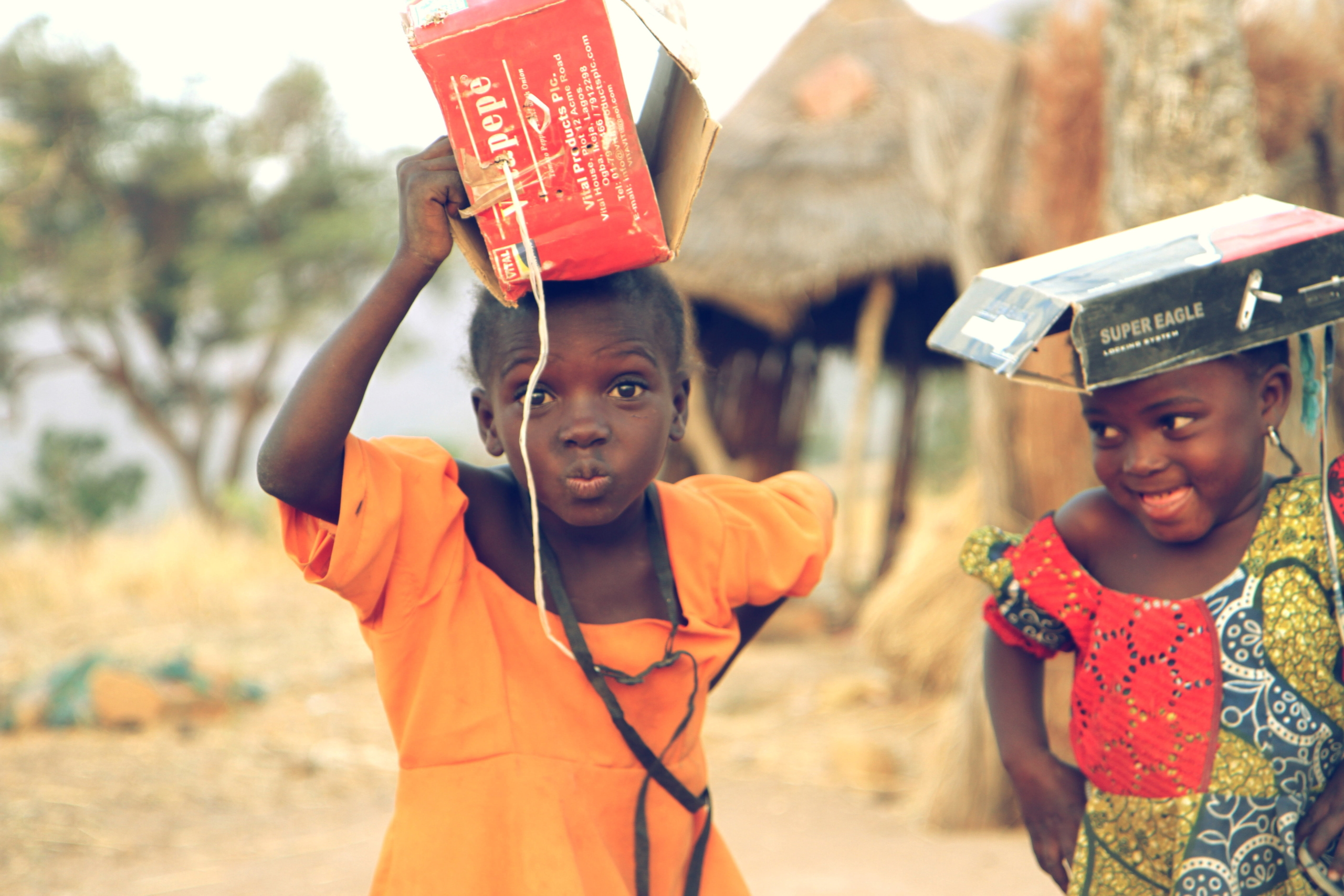
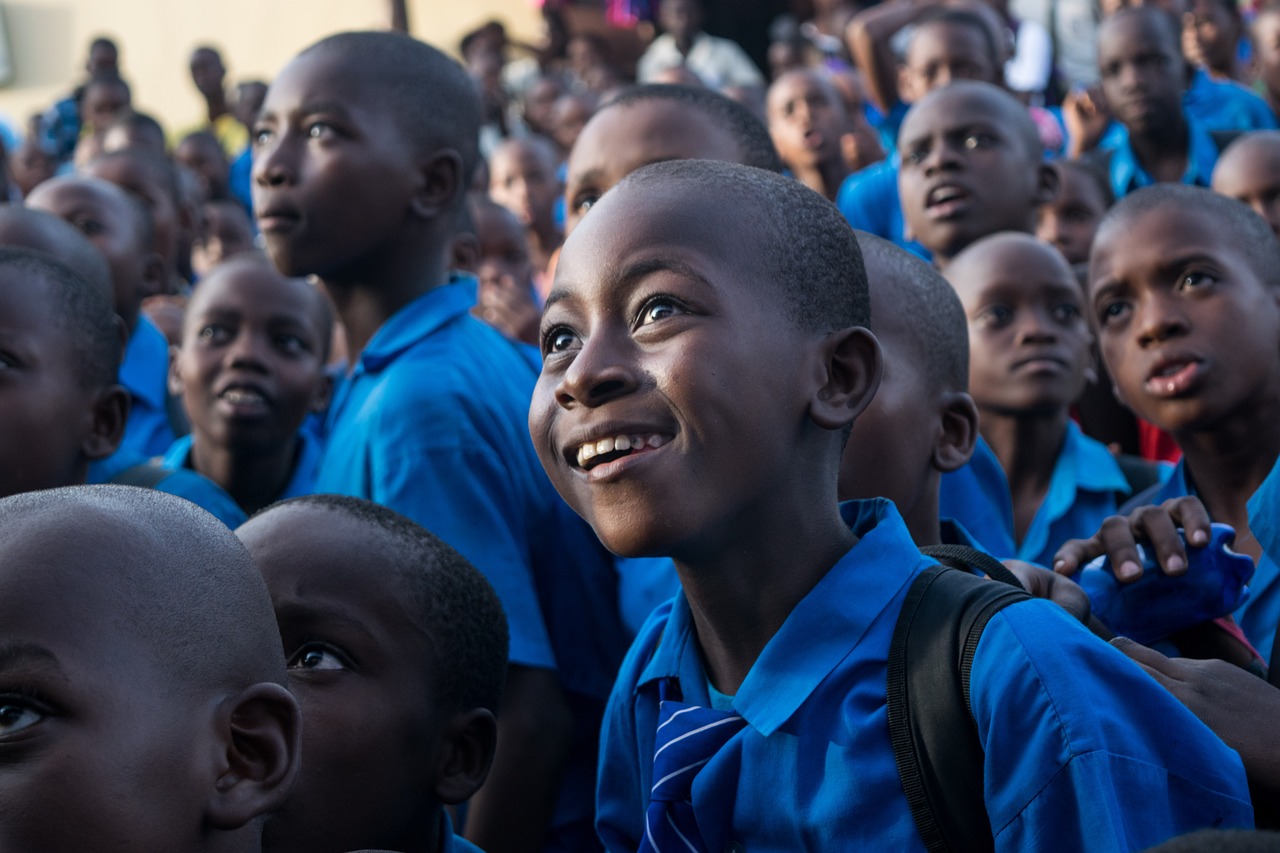
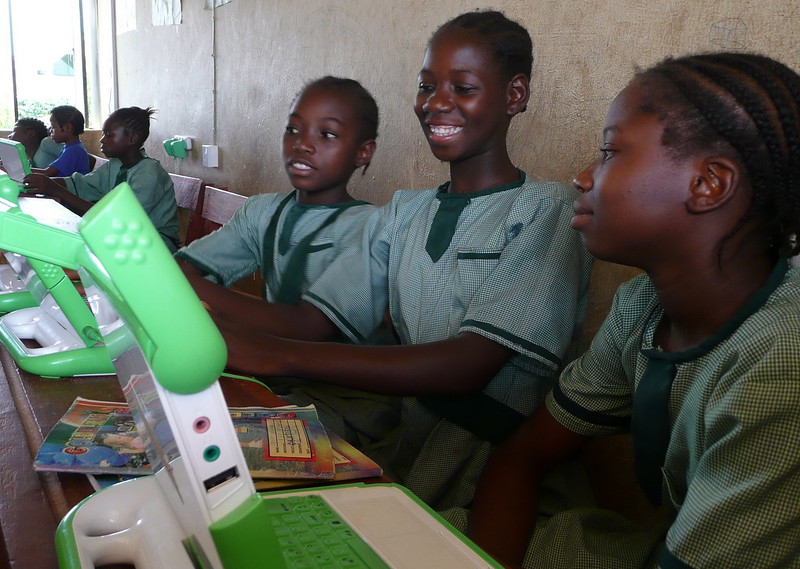
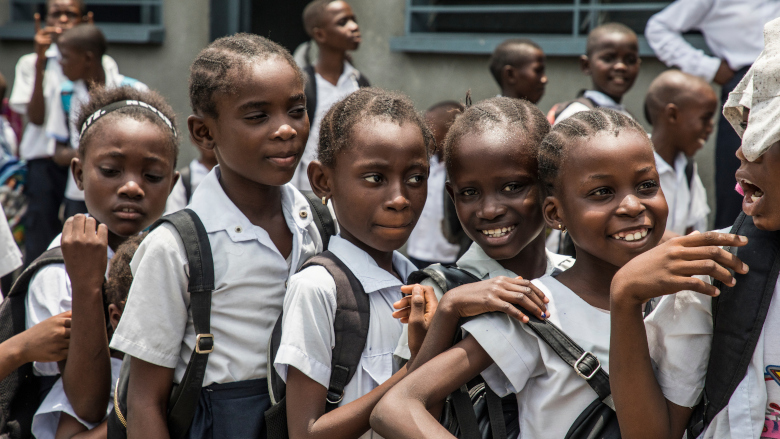
 Peru struggles with high national poverty rates and an economy that
Peru struggles with high national poverty rates and an economy that 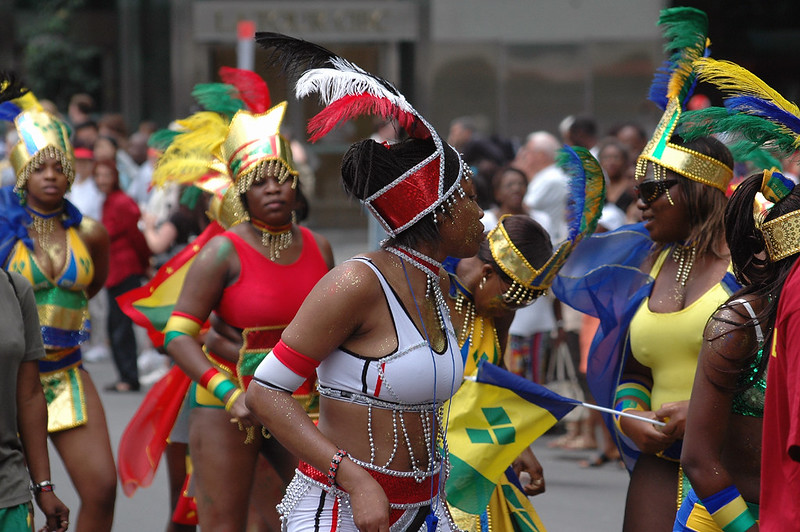
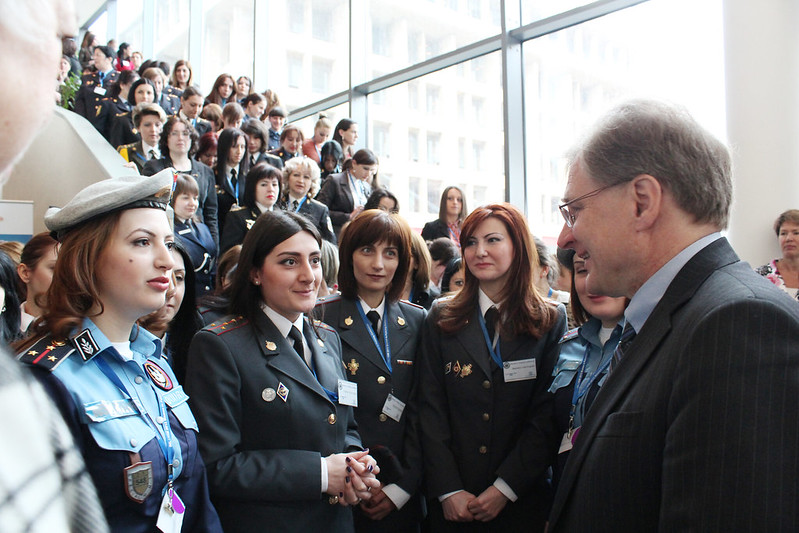 Traditional gender norms and stereotypes in Georgia have led to inequality between men and women. A lack of equality between men and women’s rights has led to issues such as a
Traditional gender norms and stereotypes in Georgia have led to inequality between men and women. A lack of equality between men and women’s rights has led to issues such as a 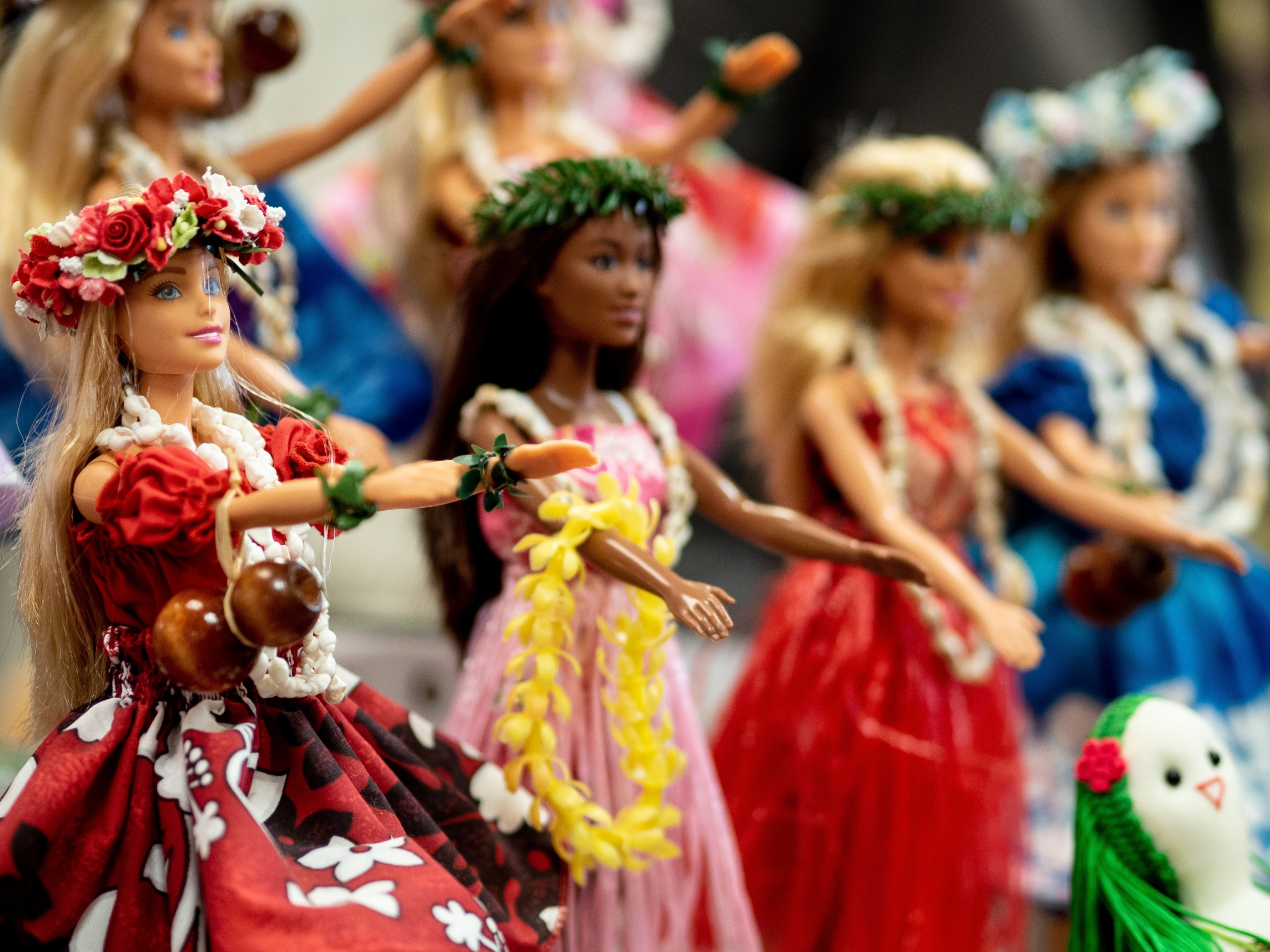 Save the Children, a global non-profit organization dedicated to improving the lives of children across the globe has joined forces with the iconic Barbie franchise to promote girls’ empowerment through its global girls’ empowerment movement. Recognizing the tremendous influence that media and popular culture have on children, this collaboration aims to inspire and uplift young girls by providing positive role models through the film and supporting Save the Children’s work. The partnership between Save the Children, Mattel and Walt Disney Discoveries aims to foster confident and empowered girls ready to take on the world by shining a light on Save the Children’s educational efforts and turning young girls’ dreams into reality.
Save the Children, a global non-profit organization dedicated to improving the lives of children across the globe has joined forces with the iconic Barbie franchise to promote girls’ empowerment through its global girls’ empowerment movement. Recognizing the tremendous influence that media and popular culture have on children, this collaboration aims to inspire and uplift young girls by providing positive role models through the film and supporting Save the Children’s work. The partnership between Save the Children, Mattel and Walt Disney Discoveries aims to foster confident and empowered girls ready to take on the world by shining a light on Save the Children’s educational efforts and turning young girls’ dreams into reality.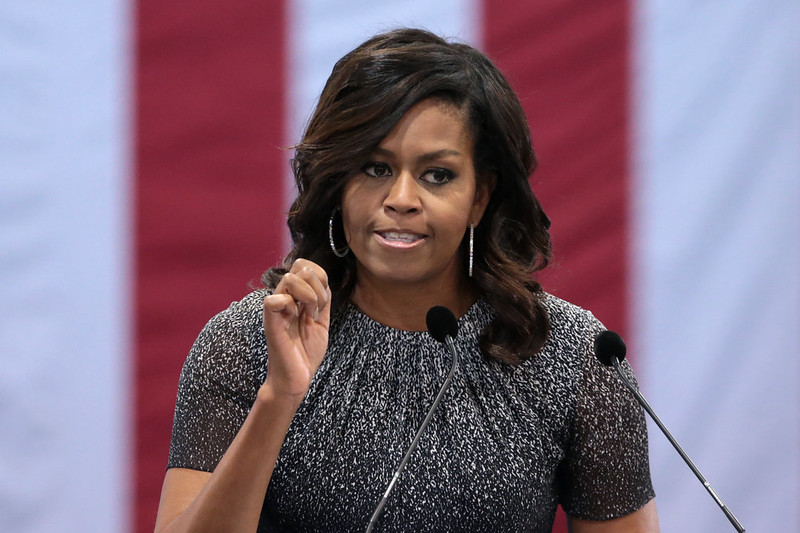 During her time as first lady,
During her time as first lady, 